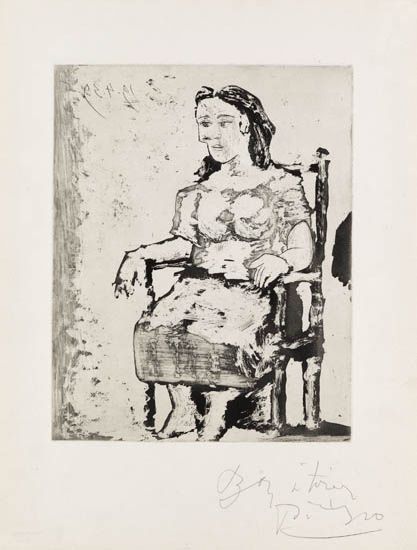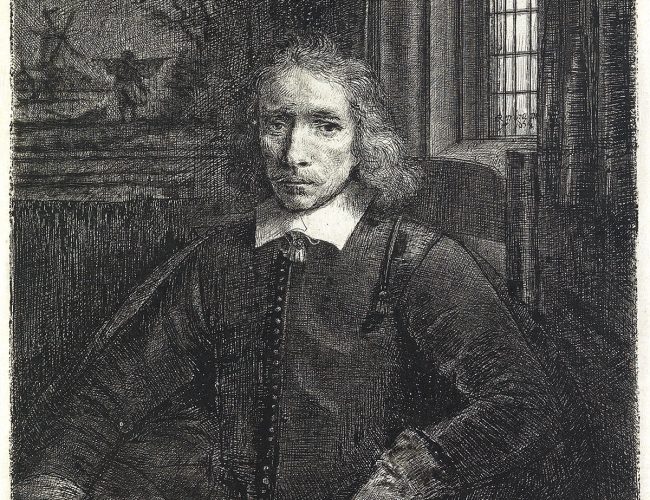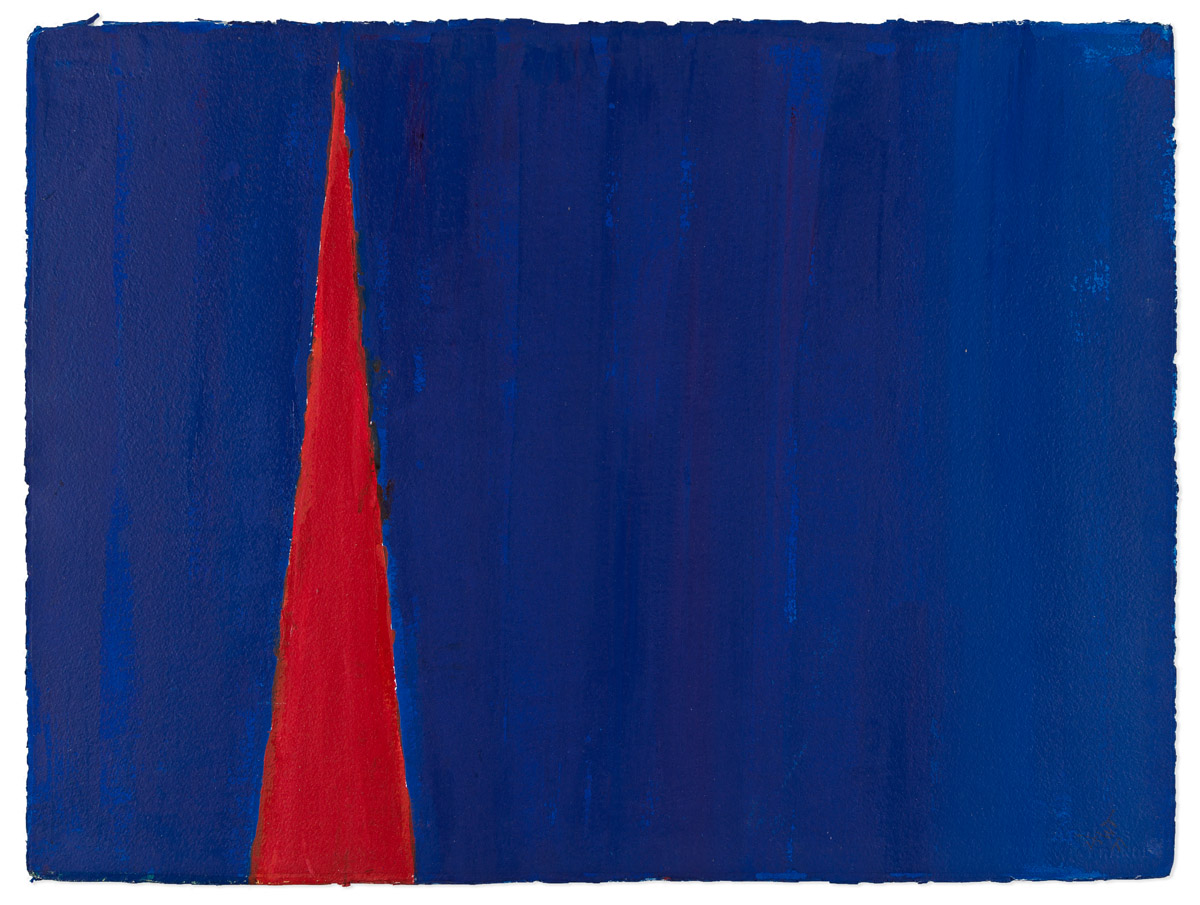Meisterstiche: Albrecht Dürer’s Master Engravings
Albrecht Dürer’s Melencolia I, St. Jerome in His Study and Knight, Death and the Devil, all from 1513-14 and related in size, style and technical complexity, have been considered his master engravings (or Meisterstiche) since their creation 500 years ago. Here we take you through these three works and take a look at their symbolism.
Dürer’s Master Engravings
Melencolia I

Replete with symbols—some understood and some unknown—and brimming with psychological content, Melencolia I is perhaps the most heavily studied and written about image in the history of art, next to Leonardo da Vinci’s Mona Lisa. Described as representing the contemplative life, and more specifically the melancholic pitfalls of an overly intellectual, creative temperament, the large seated figure in the engraving has been suggested to be an allegory of the artist himself.
St. Jerome in His Study

Dürer’s version of St. Jerome in His Study also depicts symbols of death and eternal life; death is represented by the skull and hourglass, and eternal life through the crucifixion on the corner of St. Jerome’s desk. Dürer achieved a rich range of tones creating a strong sense of light and depth that highlighted the sanctity of St. Jerome and the crucifix in glorious sunlight. St. Jerome (ca.340-420) was a great Bible scholar known for the Vulgate, his revised Latin translation of the New and Old Testaments. A popular humanist saint throughout the Renaissance, he was often depicted in his chambers engrossed in his studies. He is characteristically presented with his cardinal’s hat and accompanied by his lion companion (a friendship he made when he compassionately removed a painful splinter from the lion’s paw).
It has been argued that St. Jerome in His Study and Melencolia I represent the division of divine and secular knowledge, comparing St. Jerome’s peacefully meticulous divine study with the angst-ridden, troubled genius in Melencolia I. In other words, attentive religious study leads to internal reward and harmony, while secular intellectual pursuits lead to tribulations and anxiety. Whether or not these works are meant to correspond with one another, they represent two of the three kinds of virtues of medieval scholasticism: intellectual and theological. The third of the master engravings Knight, Death and the Devil, represents the third virtue–moral virtue—through similar uses of symbolism.
Knight, Death and the Devil

The engraving depicts a figure resolutely riding a horse (scholars have argued he represents a Christian soldier like the soldier described in Erasmus’ Instructions for the Christian Soldier). Again, Dürer utilizes imagery to highlight its theme—the hourglass and skull serve as a reminder of the brevity of life, the lizard represents danger and the dog symbolizes loyalty. While Death stands behind and the devil trails the soldier, he does not indulge the distractions of temptation or fear and forges on undeterred while riding in a heroic stance that was likely inspired by equestrian statues Dürer saw while touring Italy.
While modern scholars often group Dürer’s three master engravings from 1513-14 together, suggesting they were conceived as a set by the artist and commercially offered as such, this was evidently not the artist’s intent. He often sold impressions of Melencolia I and St. Jerome in his Study together, though this is likely due to their highly recognized importance even during his life and their contemporaneous creation.
By discussing these works together today, however, we are able to place their value within the scope of Dürer’s oeuvre. While these works are often written about for their symbolism and have inspired different interpretations, what makes them true masterpieces is how they illustrate the artist’s mastery of the technique of engraving. Through the three prints, Dürer shows how he excels with the burin, from the filtered light in St. Jerome’s study and the crisp shading on Melencolia’s garb to the different textures of the animals’ fur beside the solider, each highlights why Dürer was so revered during his time and beyond.
Do you have a work by Albrecht Dürer we should look at?
Learn about how to consign to an auction, and send us a note about your item.


















